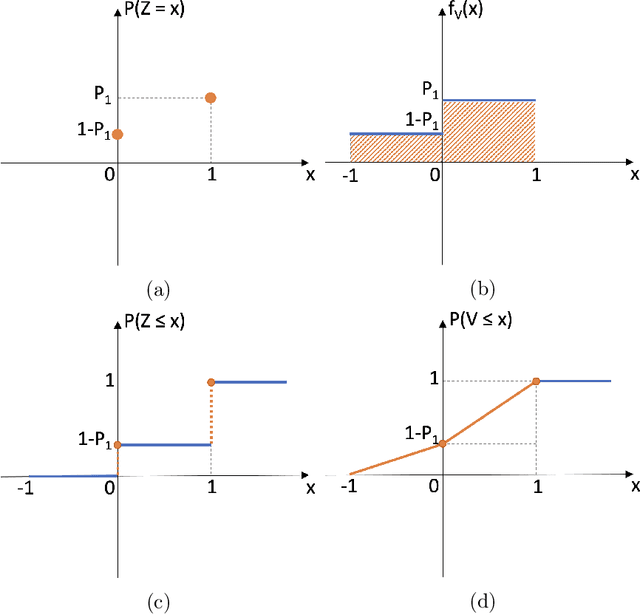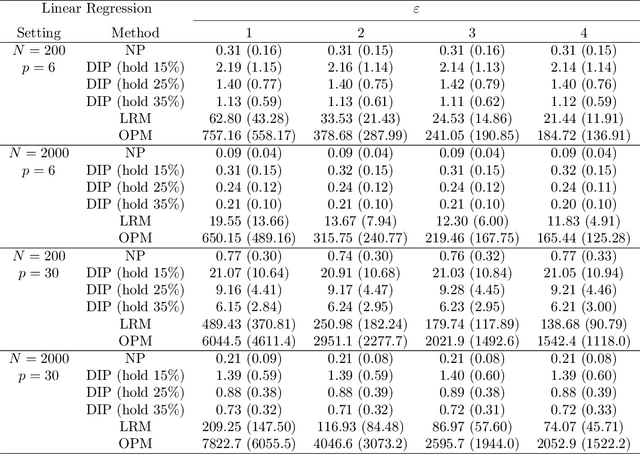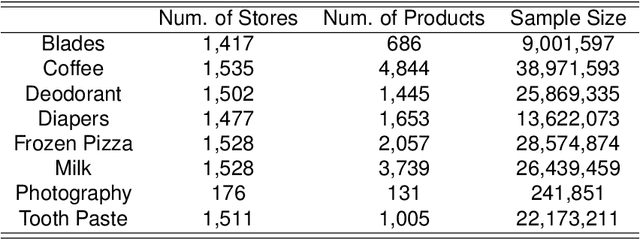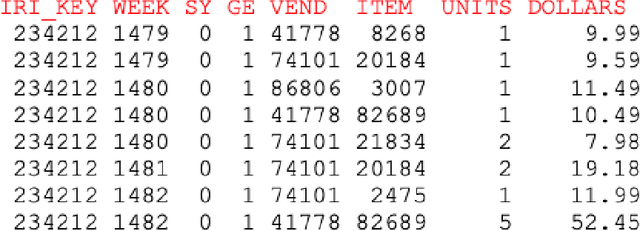Xuan Bi
An Outlook on the Opportunities and Challenges of Multi-Agent AI Systems
May 23, 2025Abstract:Multi-agent AI systems (MAS) offer a promising framework for distributed intelligence, enabling collaborative reasoning, planning, and decision-making across autonomous agents. This paper provides a systematic outlook on the current opportunities and challenges of MAS, drawing insights from recent advances in large language models (LLMs), federated optimization, and human-AI interaction. We formalize key concepts including agent topology, coordination protocols, and shared objectives, and identify major risks such as dependency, misalignment, and vulnerabilities arising from training data overlap. Through a biologically inspired simulation and comprehensive theoretical framing, we highlight critical pathways for developing robust, scalable, and secure MAS in real-world settings.
Demystifying Poisoning Backdoor Attacks from a Statistical Perspective
Oct 18, 2023



Abstract:The growing dependence on machine learning in real-world applications emphasizes the importance of understanding and ensuring its safety. Backdoor attacks pose a significant security risk due to their stealthy nature and potentially serious consequences. Such attacks involve embedding triggers within a learning model with the intention of causing malicious behavior when an active trigger is present while maintaining regular functionality without it. This paper evaluates the effectiveness of any backdoor attack incorporating a constant trigger, by establishing tight lower and upper boundaries for the performance of the compromised model on both clean and backdoor test data. The developed theory answers a series of fundamental but previously underexplored problems, including (1) what are the determining factors for a backdoor attack's success, (2) what is the direction of the most effective backdoor attack, and (3) when will a human-imperceptible trigger succeed. Our derived understanding applies to both discriminative and generative models. We also demonstrate the theory by conducting experiments using benchmark datasets and state-of-the-art backdoor attack scenarios.
Welfare and Fairness Dynamics in Federated Learning: A Client Selection Perspective
Feb 17, 2023



Abstract:Federated learning (FL) is a privacy-preserving learning technique that enables distributed computing devices to train shared learning models across data silos collaboratively. Existing FL works mostly focus on designing advanced FL algorithms to improve the model performance. However, the economic considerations of the clients, such as fairness and incentive, are yet to be fully explored. Without such considerations, self-motivated clients may lose interest and leave the federation. To address this problem, we designed a novel incentive mechanism that involves a client selection process to remove low-quality clients and a money transfer process to ensure a fair reward distribution. Our experimental results strongly demonstrate that the proposed incentive mechanism can effectively improve the duration and fairness of the federation.
Distribution-Invariant Differential Privacy
Nov 08, 2021



Abstract:Differential privacy is becoming one gold standard for protecting the privacy of publicly shared data. It has been widely used in social science, data science, public health, information technology, and the U.S. decennial census. Nevertheless, to guarantee differential privacy, existing methods may unavoidably alter the conclusion of original data analysis, as privatization often changes the sample distribution. This phenomenon is known as the trade-off between privacy protection and statistical accuracy. In this work, we break this trade-off by developing a distribution-invariant privatization (DIP) method to reconcile both high statistical accuracy and strict differential privacy. As a result, any downstream statistical or machine learning task yields essentially the same conclusion as if one used the original data. Numerically, under the same strictness of privacy protection, DIP achieves superior statistical accuracy in two simulations and on three real-world benchmarks.
Improving Sales Forecasting Accuracy: A Tensor Factorization Approach with Demand Awareness
Nov 06, 2020



Abstract:Due to accessible big data collections from consumers, products, and stores, advanced sales forecasting capabilities have drawn great attention from many companies especially in the retail business because of its importance in decision making. Improvement of the forecasting accuracy, even by a small percentage, may have a substantial impact on companies' production and financial planning, marketing strategies, inventory controls, supply chain management, and eventually stock prices. Specifically, our research goal is to forecast the sales of each product in each store in the near future. Motivated by tensor factorization methodologies for personalized context-aware recommender systems, we propose a novel approach called the Advanced Temporal Latent-factor Approach to Sales forecasting (ATLAS), which achieves accurate and individualized prediction for sales by building a single tensor-factorization model across multiple stores and products. Our contribution is a combination of: tensor framework (to leverage information across stores and products), a new regularization function (to incorporate demand dynamics), and extrapolation of tensor into future time periods using state-of-the-art statistical (seasonal auto-regressive integrated moving-average models) and machine-learning (recurrent neural networks) models. The advantages of ATLAS are demonstrated on eight product category datasets collected by the Information Resource, Inc., where a total of 165 million weekly sales transactions from more than 1,500 grocery stores over 15,560 products are analyzed.
Individualized Multilayer Tensor Learning with An Application in Imaging Analysis
Mar 21, 2019



Abstract:This work is motivated by multimodality breast cancer imaging data, which is quite challenging in that the signals of discrete tumor-associated microvesicles (TMVs) are randomly distributed with heterogeneous patterns. This imposes a significant challenge for conventional imaging regression and dimension reduction models assuming a homogeneous feature structure. We develop an innovative multilayer tensor learning method to incorporate heterogeneity to a higher-order tensor decomposition and predict disease status effectively through utilizing subject-wise imaging features and multimodality information. Specifically, we construct a multilayer decomposition which leverages an individualized imaging layer in addition to a modality-specific tensor structure. One major advantage of our approach is that we are able to efficiently capture the heterogeneous spatial features of signals that are not characterized by a population structure as well as integrating multimodality information simultaneously. To achieve scalable computing, we develop a new bi-level block improvement algorithm. In theory, we investigate both the algorithm convergence property, tensor signal recovery error bound and asymptotic consistency for prediction model estimation. We also apply the proposed method for simulated and human breast cancer imaging data. Numerical results demonstrate that the proposed method outperforms other existing competing methods.
Multilayer tensor factorization with applications to recommender systems
Nov 05, 2017


Abstract:Recommender systems have been widely adopted by electronic commerce and entertainment industries for individualized prediction and recommendation, which benefit consumers and improve business intelligence. In this article, we propose an innovative method, namely the recommendation engine of multilayers (REM), for tensor recommender systems. The proposed method utilizes the structure of a tensor response to integrate information from multiple modes, and creates an additional layer of nested latent factors to accommodate between-subjects dependency. One major advantage is that the proposed method is able to address the "cold-start" issue in the absence of information from new customers, new products or new contexts. Specifically, it provides more effective recommendations through sub-group information. To achieve scalable computation, we develop a new algorithm for the proposed method, which incorporates a maximum block improvement strategy into the cyclic blockwise-coordinate-descent algorithm. In theory, we investigate both algorithmic properties for global and local convergence, along with the asymptotic consistency of estimated parameters. Finally, the proposed method is applied in simulations and IRI marketing data with 116 million observations of product sales. Numerical studies demonstrate that the proposed method outperforms existing competitors in the literature.
 Add to Chrome
Add to Chrome Add to Firefox
Add to Firefox Add to Edge
Add to Edge